Starting at $599 with the M4 system on a chip, 16GB of RAM, and 256GB of storage, this could be a value family computer for those set on macOS. But we went hands-on with a far pricier $2,299 model that had us wondering if it’s worth it when the Mac Studio exists.
The Mac Mini is an impressive machine on a technical level and takes up very little space on your desk. So let’s turn this review upside down, press the power button, and get started.
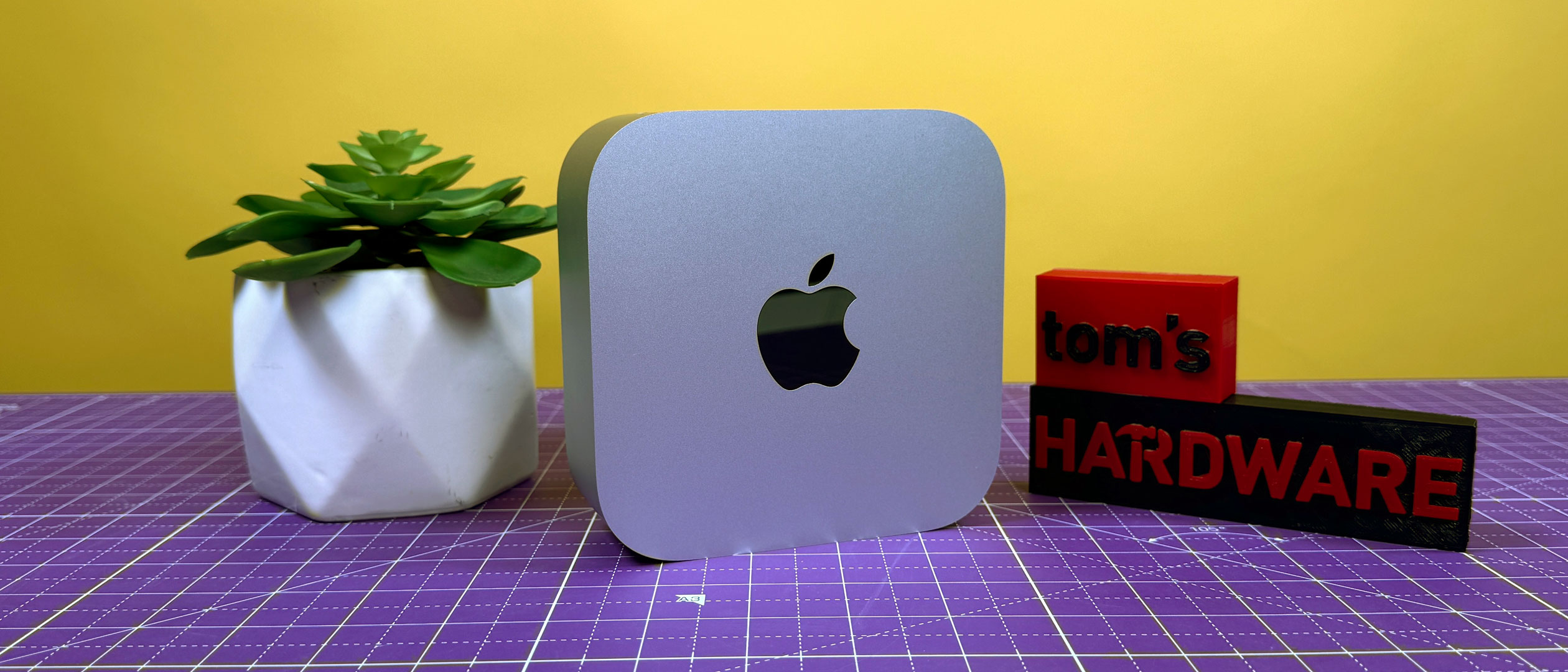
Design of the Mac Mini (M4 Pro)
The Mac Mini is adorable. The Mac Mini looks like the Mac Studio brought its kid to work wearing a suit to match their parent.
At 5 inches by 5 inches wide and deep and just 2 inches tall, the Mac Mini takes up very little room on a desk. It’s not quite as small as an Apple TV, but it’s noticeably smaller than the Mac Studio, which is 7.7 x 7.7 x 3.7 inches. I don’t think it’s a make or break size, but for Mac users without exposure to NUC-style PCs, it’s damn impressive (theAsus NUC Pro, sold barebones without RAM, storage, or an operating system, is 4.6 x 4.4 x 1.46 inches).
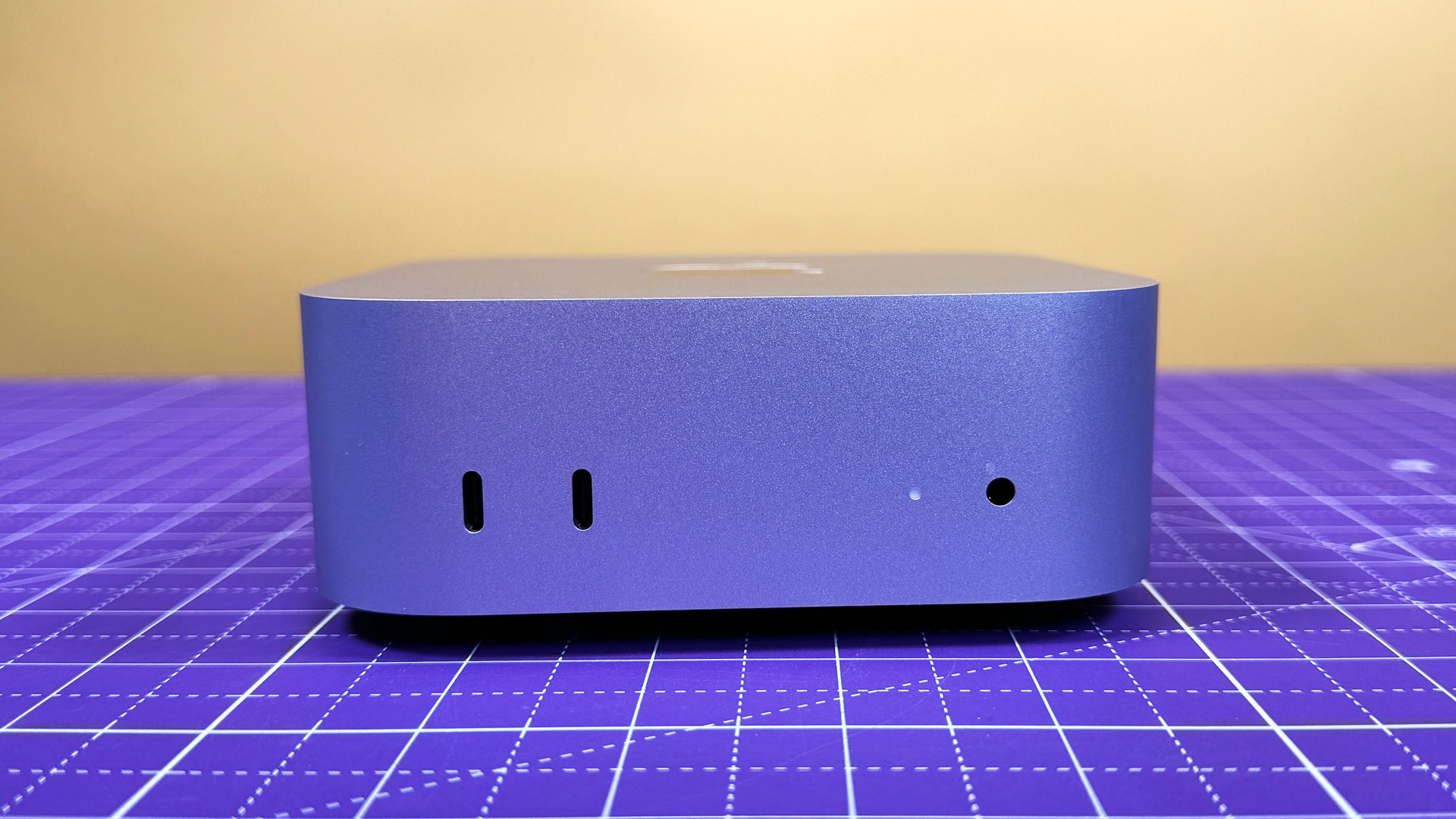
Perhaps the biggest design improvement outside of size is the fact that Apple has added ports to the front. Where the previous Mac Mini front was featureless, the new Mini has a pair of USB Type-C ports and a headphone jack.
On the back, there’s room for the power cable, an Ethernet jack (our unit had 10 Gigabit Ethernet), an HDMI port, and three Thunderbolt 5 ports. On models with the base M4, you’ll get a trio of Thunderbolt 4 ports, instead.
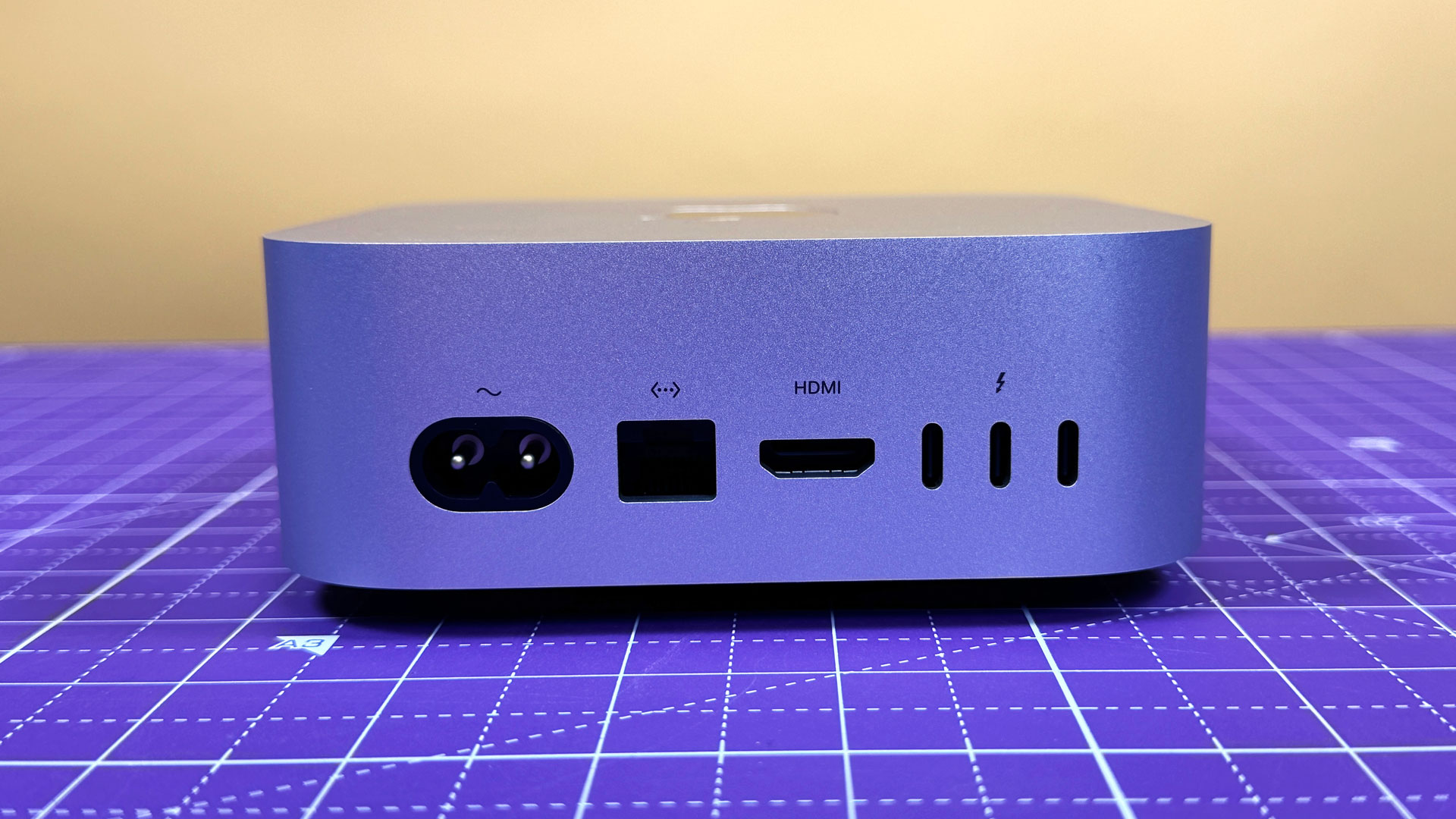
Get Tom’s Hardware’s best news and in-depth reviews, straight to your inbox.
And then there’s the power button, which is on the bottom of the device. Specifically, it’s in the back left corner. While the base of the Mac makes it appear to slightly float off a desk, there’s not nearly enough room to jam a finger in there. You have to lift the desktop up to hit the power button.
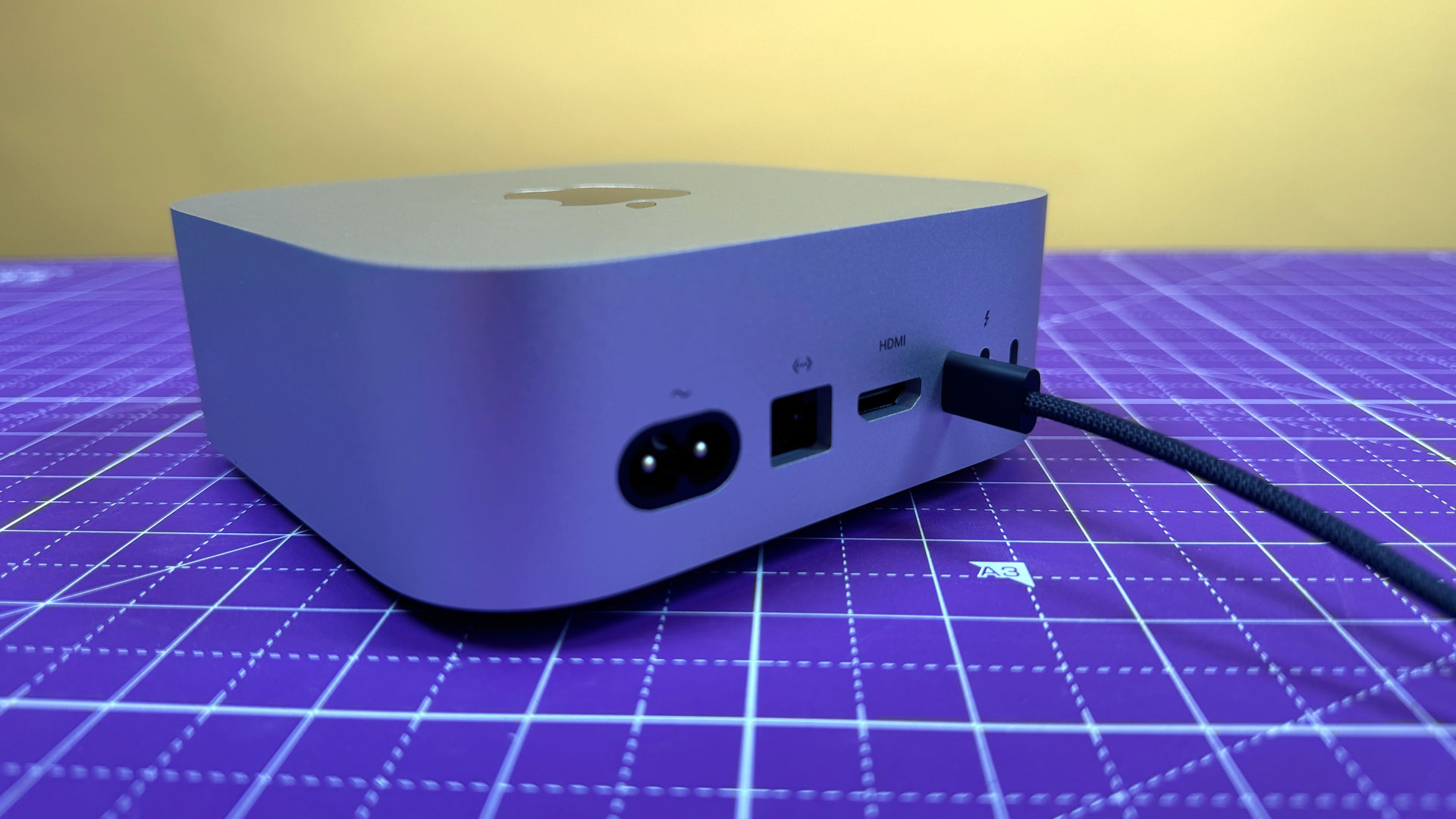
There has been a lot of online discourse over whether or not it matters where the Mac Mini’s power button is. Some enthusiasts and power users have suggested they never turn their Macs off, and that with how little power the Mini will sip in sleep mode, it’s a non-issue. Other people turn their desktops off daily. Upon the news of the button being on the bottom, some of my colleagues shrugged — they never turn their desktops off. Others said they’d be annoyed but would probably switch to leaving their systems on in perpetuity.
Regardless, I think it was a poor choice. The power button provides an important function. Having to lift up the Mac Mini to turn it on for the first time isn’t a great introduction, especially with all of the cables and your accessories plugged in. I’m not sure whyApple couldn’t fit the button on any one of the four sides of the Mini. I’d even take a capacitive button like the one on the AirPods 4 case if it meant not disturbing the design. The fact that people have taken to making3D printed switchestohit the bottom of the casesuggests that at least someone cares.
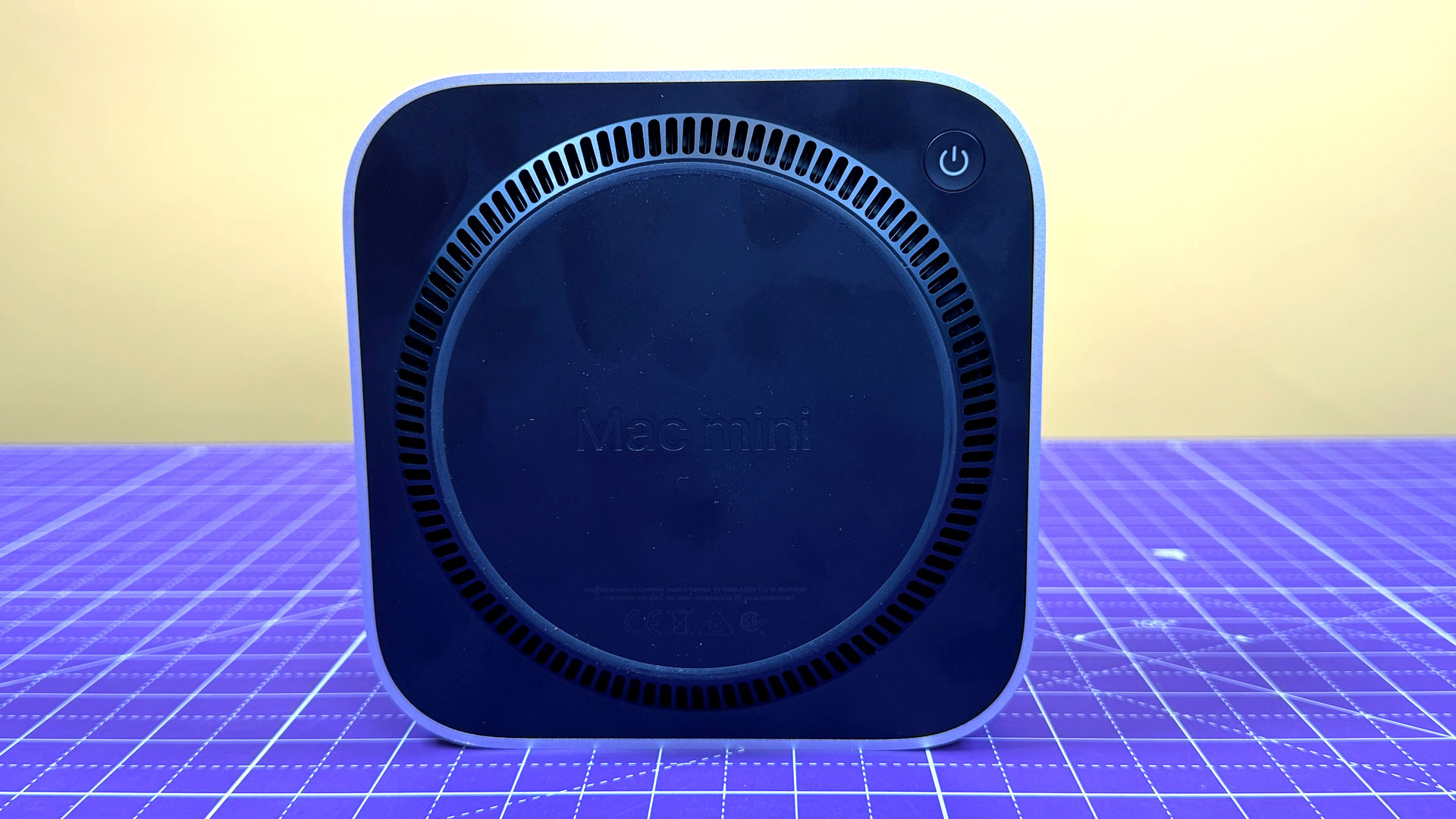
Be sure to think carefully about the Mac Mini’s specs before purchasing. There aren’t any exposed screws on this system. I’m sure some industrious teardown artists will take a spudger to the plastic bottom of the machine, but this isn’t a system that will allow for RAM or storage upgrades after the fact – although you could of course plug in one of thebest external SSDsto add secondary storage.
Mac Mini (M4 Pro) Specifications
Productivity Performance on the Mac Mini
We went hands-on with an extremely high-end version of the Mac Mini. It came with an M4 Pro boasting a 14-core CPU and 20-core GPU, 48GB of LPDDR5 RAM, and 1TB of SSD storage. The M4 Pro did a tremendous job in our performance tests. Without a battery, there was no reason to also test on high-performance mode, though we only saw benefits from that in our most prolonged benchmark.
If you look through our benchmark results, you’ll see that the M4 Pro was largely consistent between power modes on burstybenchmarks, including Geekbench 6. Interestingly, on slightly longer benchmarks like Handbrake, the 16-inch MacBook Pro came out ahead, even when the Mac Mini was using high power mode.

Where high power mode made the biggest difference for the Mac Mini was in our Cinebench 2024 multi-threaded stress test. Here, the Mac Mini scored significantly better on high power mode. On the default automatic power setting, the M4 Pro topped out at 1,691 in a very consistent run, while the high power mode was a bit more erratic with some apparent warm-up runs, but ended up with scores in the high 1,750’s. Again, though, the 16-inch MacBook Pro in auto matched the Mac Mini on high power. Perhaps this has to do with cooling.
Other than performance, the biggest difference with high-power mode and auto is fan noise. On automatic, the Mac Mini was silent for two runs, while on high power, the Mac had some fan noise immediately and then sounded like the world’s tiniest vacuum cleaner from then on.During Cinebench, we log Macs with TG Pro. Unfortunately, these new Macs are too new for the software to recognize the chips. But we can learn about average system heat and fan speeds. Interestingly, the high-power mode had the overall system running cooler (62 degrees Celsius versus 65.5 degrees Celsius, when taking measurement from power management sensors, power supply, and SSD). But that may be because of how fast the fans were spinning. On average, the default setting had the fans spin at 3,034.71 rotations per minute, while high power mode put it at 4,548.82 rpm.
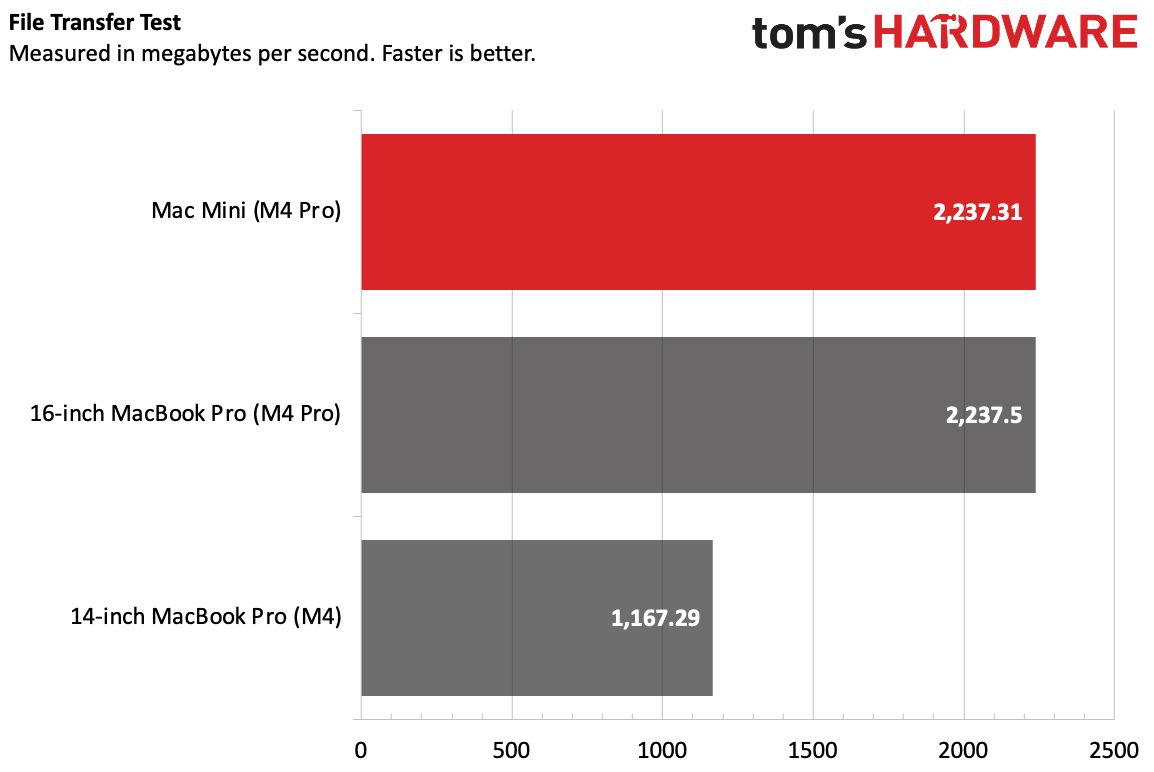
On theXcode benchmark, the Mac Mini compiled a large codebase for iOS in 94 seconds, showing significant gains over the vanilla M4.
Gaming and Graphics on the Mac Mini
While Apple is still at work (and still has much to do) when it comes to turning the Mac into a serious gaming platform, it’s hard to deny that the M4 Pro’s 20-core GPU and 48GB of unified RAM don’t make for some impressive performance.
Resident Evil 4looked excellent on a Mac Studio Display witih HDR mode on. With the resolution set to 2560 x 1440, I set all the settings as high as they go and hit the 60 fps frame cap on that monitor.

The remake ofMystwas more of a challenge, especially with ray tracing. With the game at 1080p, the settings preset to high, and super sampling set to ultra performance, the game often ran at 60 fps. But near water, the frame rate would often chug, at times below 30 fps, and sometimes down into single digits. Shadows looked impressive and didn’t have the same effect on frame rate. Turning down the settings much lower helped with frame rate stability.
macOS Sequoia and Apple Intelligence
The Mac Mini ships with macOS Sequoia, which launched in October. As usual, it’s a sleek operating system that includes useful preinstalled apps and little to no bloat.macOS Sequoia is feature-packed with plenty of new abilities. I’ve particularly appreciated iPhone Mirroring, which lets you use most of the features on your iPhone without needing to pick up the device, as well as the ability to get my iPhone notifications in macOS. The new Window tiling is a big improvement, particularly on a high-res desktop monitor, but it’s not quite as good as the Snap Layouts inWindows 11.Preinstalled apps include Safari, Mail, Messages, Calculator, Weather, Notes, Maps, and FaceTime, as well as basic productivity software in GarageBand, Pages, Keynote, and Numbers. There’s also dedicated software for Apple’s subscription services, including Podcasts, Apple Music, Apple TV, and Apple News.
Apple still includes Rosetta 2, a translation layer for software written for Intel CPUs. Most of the apps that I use have moved over to native Arm versions or are using universal binaries, so I rarely worry about it.Valve’s Steam launcher, which some Mac gamers may use, is the one that always summons up the Rosetta notification, though many games that work are optimized for Apple Silicon.
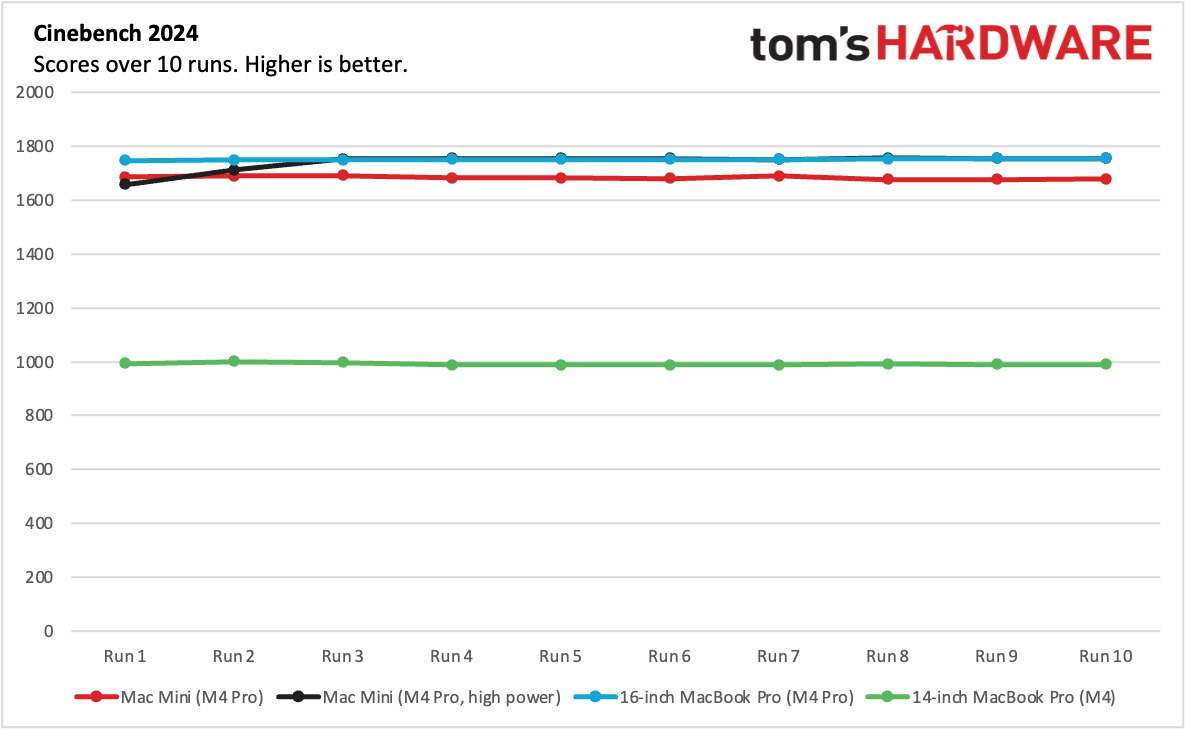
Sequoia 15.1 is where Apple is debuting Apple Intelligence, but only a few of the promised features arrived with that update.I do appreciate some of the changes to Siri. The ability to double-press Command to launch Siri and type to it makes a ton of sense on the Mac — much more so than speaking aloud to my desktop when other people are around. I also like that Siri can access user guides to tell me more about my Mac if I’m looking for settings. But other changes to Siri, like ChatGPT integration, are expected in macOS 15.2 and 15.3, and meaningful changes that will let the assistant access your email, calendar and text, as well as answer questions about what’s on screen and take actions in apps aren’t here yet.
I also like notification summaries, which can put multiple emails, texts, and other notifications together. In general, it works well, though it does occasionally make mistakes, some of which are very funny.
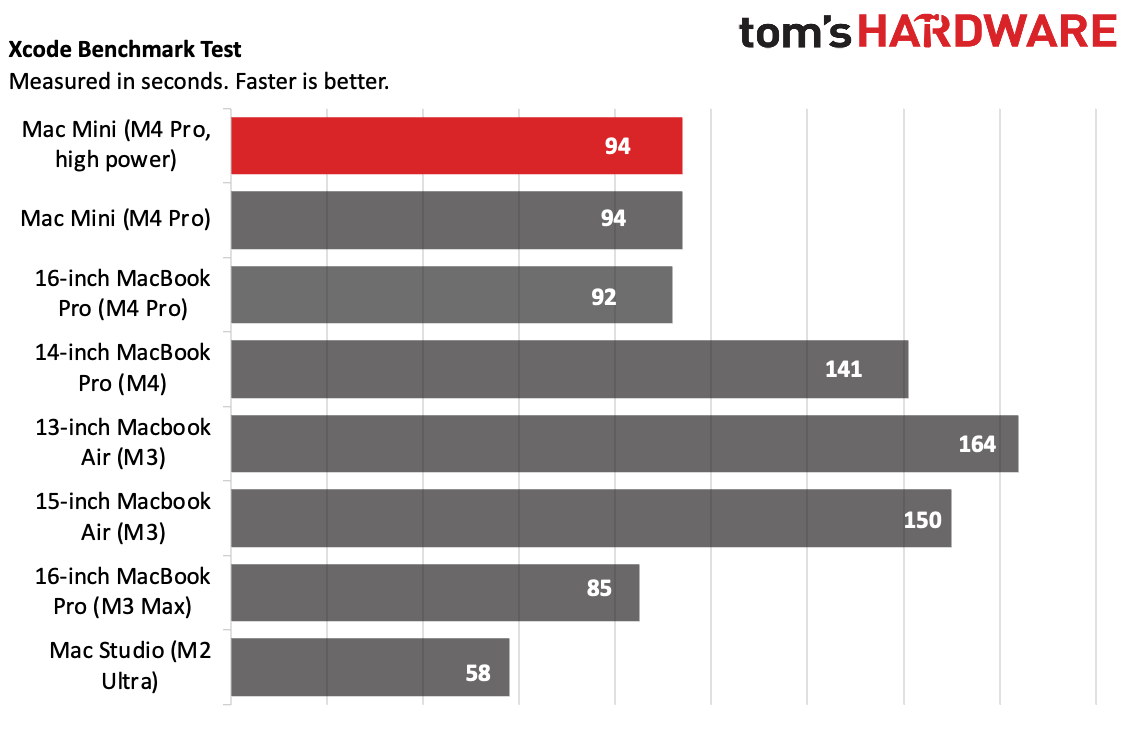
Clean Up in photos lets you erase background distractions. This makes it easier than ever to do, but Apple is catching up toGoogleand Adobe here. Apple’s Writing Tools let you proofread, summarize, or re-write text in different tones. As someone who writes for a living, I find this all kind of impersonal, though I could see how the summarization option can be useful for very long emails. Still, the AI can miss things, so you’ll ultimately want to read that email.
Other upcoming tools include Image Playground, which will let you create images in a cartoon style. But while this and some other features are available in developer betas, they won’t be available on Mac Mini on launch day. That means that as of this writing, Apple Intelligence doesn’t make a huge splash, despite future potential.
While Apple is pushing Apple Intelligence on its lineup of M4 Macs (so much so that they’re all starting with 16GB of base RAM now. About time!), you can use these features on any Mac with an M-series chip.
Mac Mini Configurations and Warranty
Apple loaned us a very high-end Mac Mini. It came with an M4 Pro boasting a 14-core CPU and 20-core GPU, 48GB of LPDDR5 RAM, 1TB of SSD storage, and 10 Gigabit Ethernet. That adds up to $2,299.
I think the entry-level Mac Mini, a $599 box with M4, 16GB of RAM, and 256GB of storage will be a far more enticing buy to a broad audience that just needs a family computer. That price puts Apple in a great spot compared to big box PCs, though the 256GB SSD will be limiting for many. It’s great to see Apple jump to 16GB of RAM on the base model. For Apple, this is as close as a current-generation Mac might ever get to an impulse purchase.
But the upgrades to RAM and storage are outrageous. Bumping from 16GB to 24GB of RAM is $200, and the upgrade to 32GB is another $200. Storage has a similar issue: $200 jumps between 512GB and 1TB, and an extra $400 on top of that to get to 2TB. 10 Gigabit Ethernet is $100.In fact, the upgrade prices are so big that you canbuy two entry-level Mac Minis for the priceof a single system with upgrades to 32GB of RAM and a 512GB SSD.When you get to our review unit, though, you’re getting intoMac Studioterritory. That beefier system starts at $1,999.99 with an M2 Max, 32GB of RAM, 512GB of storage, 10 Gigabit Ethernet and offers more ports, not to mention a massive cooling system and a chip that is in some ways, more powerful.Specifically, the M2 Max has fewer CPU cores than the M4 Pro, but if you’re looking for graphics performance, the 30-core GPU may still be up your alley. That being said, an M4 Max does exist in the MacBook Pro, but not the Studio. And there are rumors of an M4 Ultra on the horizon, putting the Studio in a weird spot right now.
Apple sells the Mac Mini with a one-year warranty. AppleCare Plus is $34.99 annually or $99 for a fixed three years and includes chassis damage and accidental damage for additional fees.
Bottom Line
I came away largely impressed with the Mac Mini from my time with it. It’s small, powerful, and stays out of the way.
The $599 version sounds like the first real Mac value in a long time, though I’d still love to see a boost beyond the base 256GB of storage. It’s harder to swallow the $2,299 machine we reviewed though, as you’re getting into Mac Studio territory (and if you’re configuring it with this much RAM, and storage, you may well want a bigger, more powerful machine).
The Mac Mini makes sense as a family computer for those who want to routinely replace their monitors in a way that’s more flexible than an iMac. If you want that to be incredibly powerful, you’re able to make that happen with a high-end config. But I think for many, this will make an excellent M4 box.
Andrew E. Freedman is a senior editor at Tom’s Hardware focusing on laptops, desktops and gaming. He also keeps up with the latest news. A lover of all things gaming and tech, his previous work has shown up in Tom’s Guide, Laptop Mag, Kotaku, PCMag and Complex, among others. Follow him on Threads@FreedmanAEand BlueSky@andrewfreedman.net.You can send him tips on Signal: andrewfreedman.01